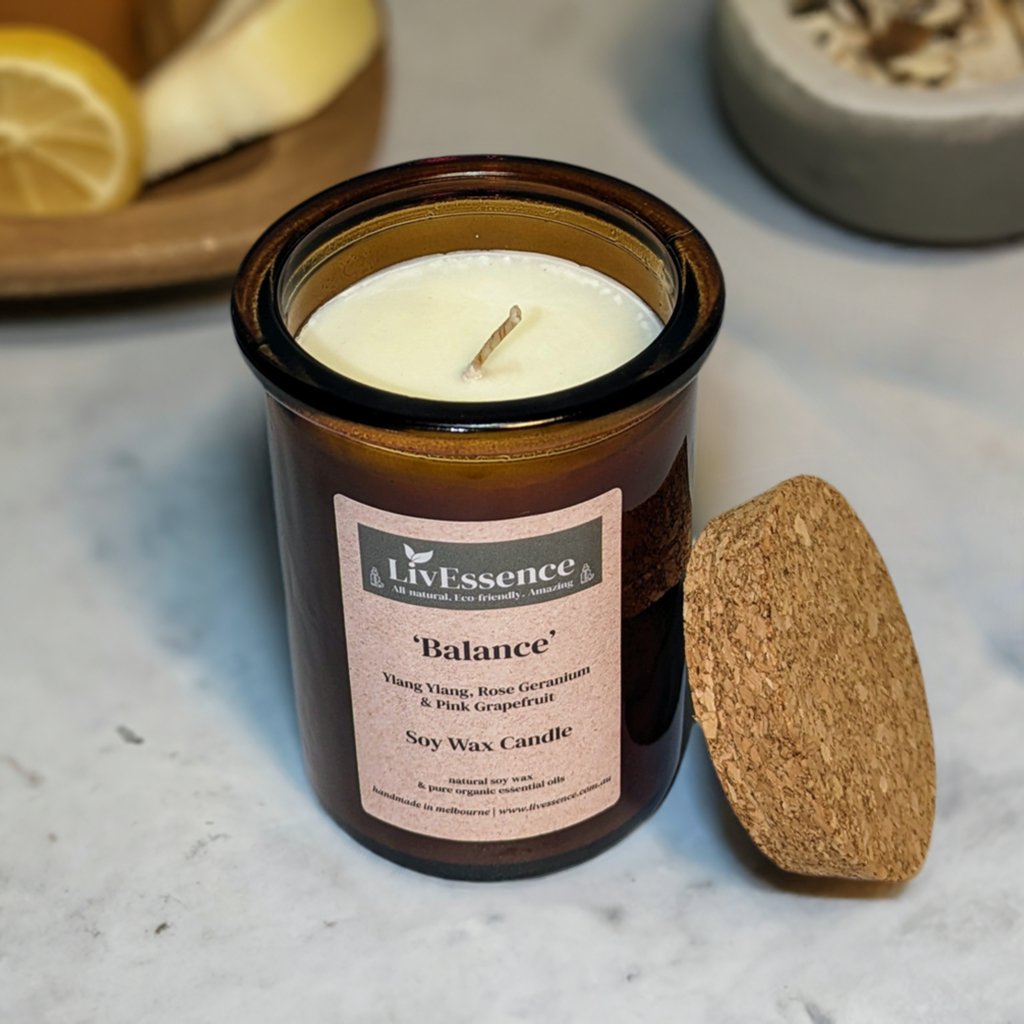Develop Atmosphere with Handmade Soy Wax Candles and Home Fragrance
Develop Atmosphere with Handmade Soy Wax Candles and Home Fragrance
Blog Article
From Wick to Wax: Comprehending the Chemistry Behind Soy Wax Candles and Their Environmental Effect
As we illuminate our rooms with the cozy radiance of candles, there lies a world of intricate chemistry behind the relatively simple act of lighting a soy wax candle. Join us as we unwind the clinical intricacies behind soy wax candle lights and discover their effects on our environment.
Soy Wax Vs. Paraffin Wax
When comparing soy wax and paraffin wax for candle light production, it is important to recognize the distinctive attributes and advantages of each product. Soy wax is an all-natural, renewable energy stemmed from soybean oil, making it green and biodegradable - soy candles. On the other hand, paraffin wax is a by-product of oil refining, which elevates problems about its environmental impact and sustainability
Soy wax candles shed cleaner and produce less soot compared to paraffin wax candle lights, making them a much healthier choice for indoor air quality. Furthermore, soy wax has a lower melting factor, permitting a longer-lasting candle light that spreads fragrance more efficiently. Paraffin wax, on the other hand, often tends to melt faster and less easily, possibly releasing damaging chemicals right into the air.
From a sustainability viewpoint, soy wax is preferred for its biodegradability and sustainable sourcing, aligning with the expanding consumer choice for ecologically mindful items. While paraffin wax has actually been a standard choice in candle making because of its cost and convenience of use, the shift in the direction of environmentally friendly choices like soy wax is obtaining energy in the market.
Chemical Structure of Soy Wax

Burning Refine in Soy Candles
The chemical make-up of soy wax straight influences the burning process in soy candle lights, influencing aspects such as shed time, scent launch, and environmental influence. When a soy candle light is navigate to these guys lit, the warmth from the fire melts the wax near the wick.
The burning efficiency of soy candles is influenced by the purity of the soy wax and the quality of the wick. A clean-burning soy candle with an effectively sized wick will generate a stable flame and lessen residue formation. This not just extends the melt time of the candle however also improves the release of scents. Additionally, soy wax candle lights have a lower ecological effect contrasted to paraffin candle lights due to their eco-friendly and biodegradable nature.

Environmental Advantages of Soy Wax

Thought about a sustainable option to typical paraffin wax, soy wax supplies noteworthy ecological benefits that make it a prominent selection among eco-conscious customers. Soy wax burns cleaner and generates less residue than paraffin wax, contributing to far better indoor air high quality and decreasing the requirement for cleaning and upkeep. Overall, the ecological benefits of soy wax align with the growing need for environment-friendly and lasting items in the market.
Recycling and Disposal Considerations
Reusing and appropriate disposal of soy wax candles play an important duty in preserving environmental sustainability and decreasing waste in neighborhoods and houses. When it comes to reusing soy wax candle lights, the initial action is to make sure that the candle has actually shed entirely. This can be accomplished by permitting the candle to burn up until the wick is no more usable, Read Full Report and afterwards allowing the continuing to be wax cool and strengthen. When the wax has actually strengthened, it can be thoroughly gotten rid of from the container.

In regards to disposal, if recycling is not a choice, soy wax candle lights are naturally degradable and can be safely dealt with in the majority of home waste systems. It is always advised to check with local recycling facilities or waste administration services for specific standards on candle disposal to make certain correct handling and environmental security.
Verdict
To conclude, the chemistry behind soy wax candles discloses their environmental benefits over paraffin wax candles. Soy wax, stemmed from soybean oil, burns cleaner and creates much less soot when compared to paraffin wax. The combustion process in soy candles is much more reliable, bring about a longer and more even shed. In addition, soy wax is renewable and eco-friendly, making it a more lasting choice for candle light manufacturing. Recycling and correct disposal of soy wax candle lights additionally add to their environmental influence.
When contrasting soy wax and paraffin wax for candle making, it is necessary to understand the unique features and benefits of each material (soy candles).Soy wax candles shed cleaner and produce less soot compared to paraffin wax candles, making them a healthier choice for indoor air quality.Thought about a sustainable option to typical paraffin wax, soy wax provides significant environmental advantages that make it a preferred option amongst eco-conscious customers. Soy wax burns cleaner and produces much less residue than paraffin wax, adding to far better indoor air top quality and reducing the need for cleansing and upkeep.In conclusion, the chemistry behind soy wax candles discloses their environmental benefits over paraffin wax candles
Report this page